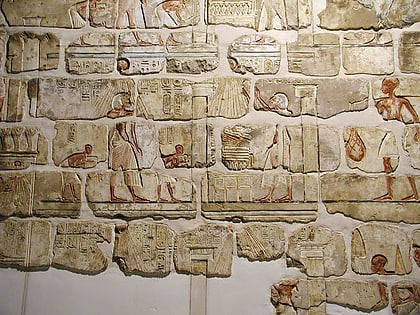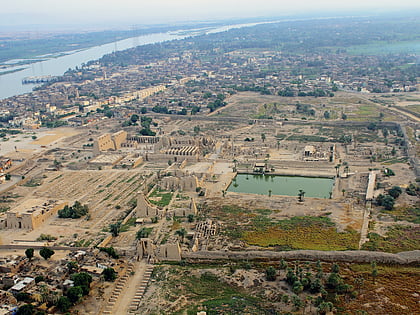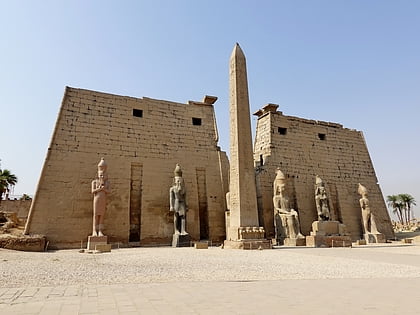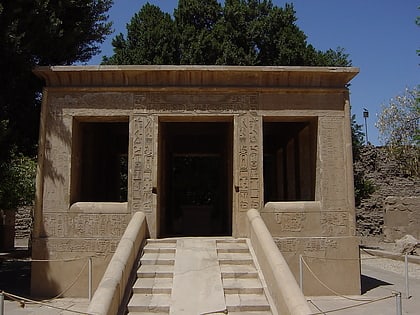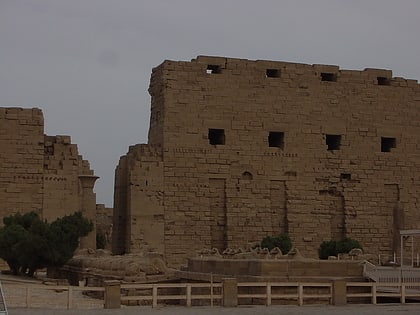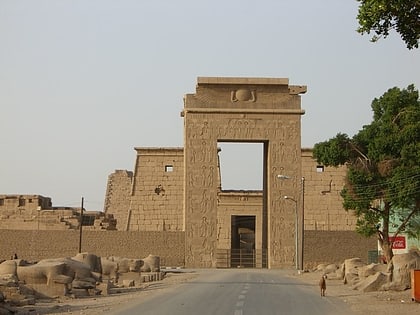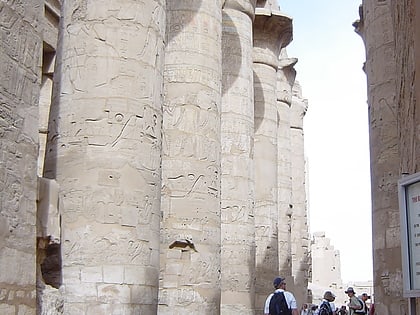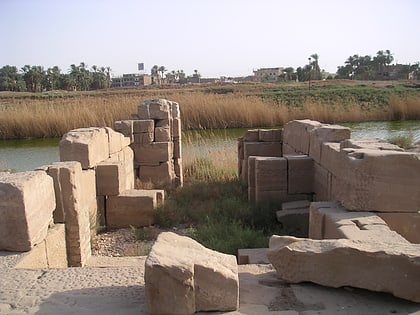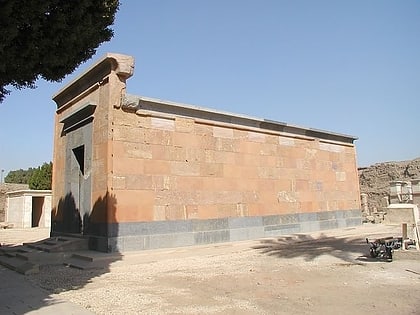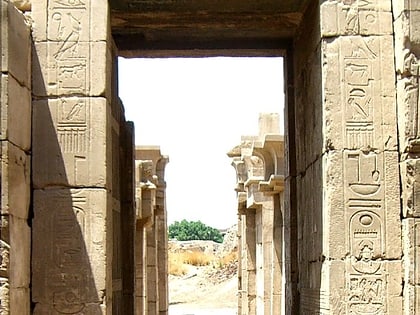Temple of Amenhotep IV, Luxor
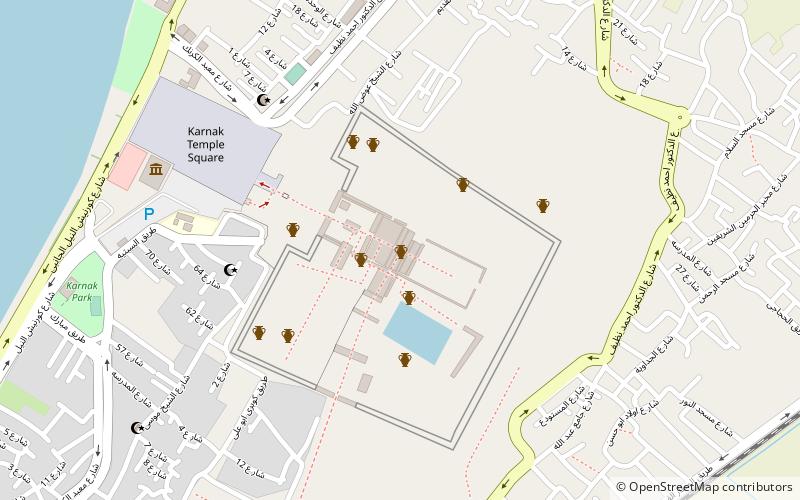

Facts and practical information
Nestled within the ancient city of Luxor, the Temple of Amenhotep IV stands as a testament to Egypt's rich and multifaceted history. Also known as the Temple of Akhenaten, after the pharaoh who built it, this archaeological site offers a unique glimpse into the religious revolution that took place during his reign in the 14th century BCE.
The temple was constructed to honor Aten, the sun disc, whom Amenhotep IV, later known as Akhenaten, elevated to the status of a supreme deity in a bold move away from the traditional polytheistic worship of the time. This shift represented a radical departure from centuries of Egyptian religious traditions and was part of Akhenaten's broader attempt to restructure Egyptian society.
Although much of the original structure has been lost to time and the subsequent rulers who attempted to erase Akhenaten's legacy, the remnants of the temple still convey the grandeur of its original conception. Its ruins are characterized by the distinctive art style of the Amarna Period, marked by more naturalistic depictions of the royal family and the celebration of the sun god, Aten.
The site is less grandiose than the nearby Karnak or Luxor temples but is no less significant. The sparse, yet evocative remains include boundary stelae, statues, and other artifacts that have provided invaluable insights into this tumultuous chapter of Egyptian history. The temple's location, layout, and the artifacts discovered there have been critical in piecing together the story of Akhenaten's reign and the religious upheaval he instigated.
Luxor
Temple of Amenhotep IV – popular in the area (distance from the attraction)
Nearby attractions include: Karnak, Luxor Temple, Luxor Museum, Karnak Open Air Museum.
Frequently Asked Questions (FAQ)
Which popular attractions are close to Temple of Amenhotep IV?
How to get to Temple of Amenhotep IV by public transport?
Bus
- City bus station (25 min walk)
- Local bus station (27 min walk)
